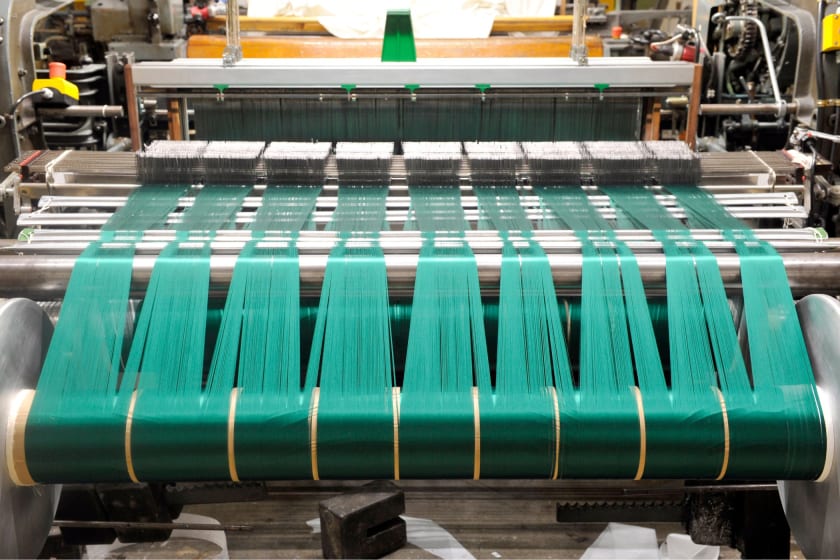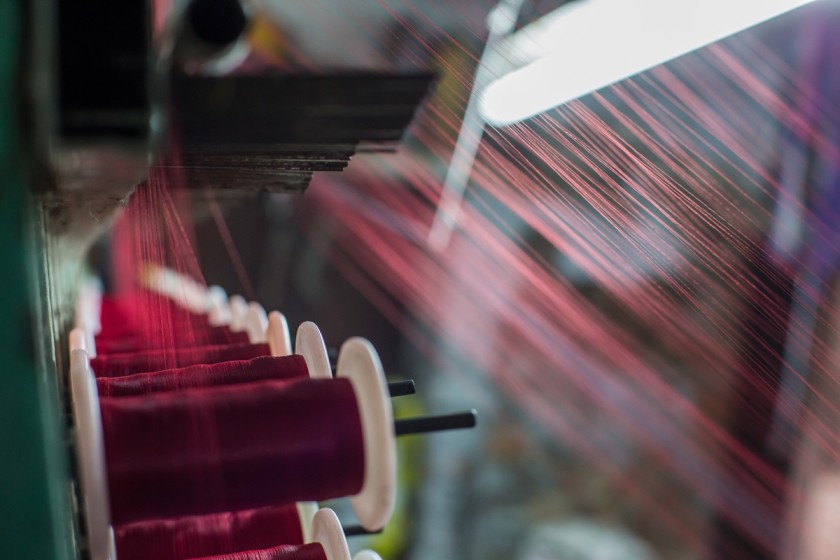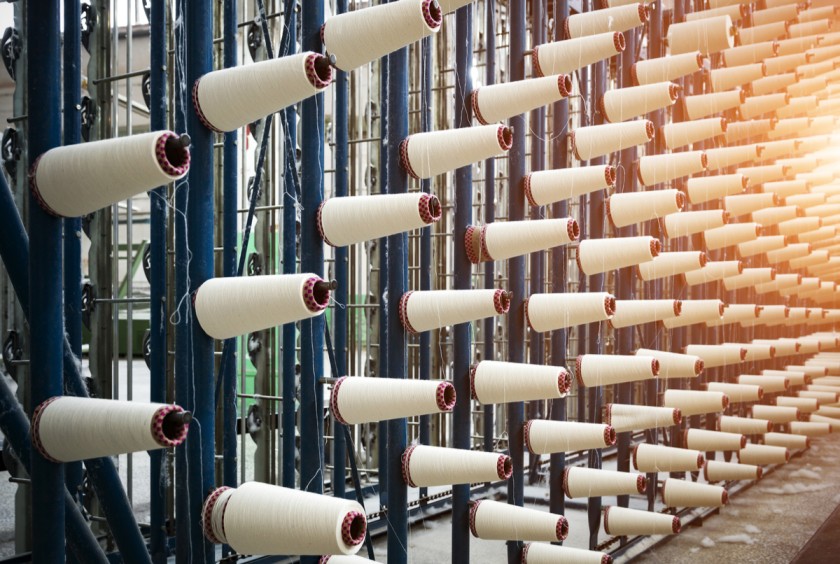5 challenges that the fashion industry will face in 2022



Every new year brings hope and possibilities. 2022, however, is expected to bring many challenges for the fashion industry. These challenges pertain to logistics, social media, marketing, the changing behavior of the consumers, and various other factors. This article aims to discuss those challenges to give you an insight into the fashion world as we shall see in 2022.
The best and most common solution to all the challenges is undoubtedly to focus on textile manufacturing that urges people to buy your products. Quality textile manufacturing can help in multiple ways. Let’s see how.
Increasing Prices
According to a report published by The Business of Fashion and McKinsey and Co, the disruption in the supply chain is prevalent across all ports, and the delays in overland transportation worsen this. The delay in transportation is due to the scarcity of drivers. These factors contribute to a 3 percent increase in the cost of fashion garments all over the world. Moreover, this condition has forced several CEOs to hike the prices of their products to 10-15 percent.
According to this report, in which about 200 fashion executives volunteered to help, fashion brands assure that there will not be any delay in the arrival of products. However, to do so, they will be required to pay more shipping prices and hire more people, thus increasing the cost of garments.
While others struggle to get their products on time, stores like Macy’s, Best Buy, and Walmart have placed early orders. This saved them a lot of costs in textile manufacturing and procurement that several fashion brands will be required to pay to keep their inventory replenished.
Survival of the Fittest
There is also increased competition in the fashion industry due to the increasing number of brands in the e-commerce space. Problems are arising due to a new fashion trend known as social commerce. In this trend, the customer feels proud to display their product's fashion labels, making it difficult for smaller businesses to hold ground.
McKinsey Global Fashion Index reports a decline of 20 percent from 2019 to 2020, and over 69 percent of companies in the market in 2020 are value destroyers. Furthermore, these phenomena have contributed to an exit of 7 percent in the market. This exit is because they were either bought by peers or were under financial distress.
Among many others, The Business Of Fashion sees the following challenges as crucial for fashion brands in 2022 -
Uneven Recovery From Pandemic

The impact of the pandemic on the textile market is not uniform throughout the world. The nations with strong healthcare networks outperformed those with no robust support system. Over 5.5 people were vaccinated in past years, but 80 percent of this number is spread across middle and upper-income nations. And due to this inequality, fashion brands have been facing unequal demands and supplies from several regions.
To tackle this issue, fashion brands need to take appropriate measures. This means investing in developing infrastructure in the most affected areas and understanding the needs of the local population.
Wardrobe Reboot
Consumers' tastes have been changing, which has dramatically impacted the textile manufacturing industry. The sale of clothing items, such as loungewear and sportswear, is likely to fall because people return to their offices. This is also because people have been buying these for a long time and are not expected to buy more informal clothing in 2022. Along with this, revenge purchasing has also influenced the market.
Revenge shopping is a type of shopping, where people purchase luxury products in excessive amounts. Practices like revenge shopping may earn a fortune for big brands, but it will be a problem for small businesses. To tackle this, fashion brands should shuffle their inventory and ensure there is a mix of items that align with the lifestyle of all types of customers.
Introduction of Metaverse
Metaverse has affected the fashion industry in several ways. It has given people the freedom to explore their creative selves. Several companies have been replicating the design created by users in the metaverse in tangible form. These factors have changed the definition of personalized fashion and have forced big brands to offer customized clothing. Metaverse also allows people to interact with users around the world.
These interactions generate new ideas in fashion, and assemblies like digital campfires have also played a crucial role in bringing people together. Upcoming fashion brands have also been exploring the possibility of opening a store on metaverse to better interact with youngsters. They also want to provide customers with an option to convert their fashion NFTs into tangible forms. So if a fashion business wants to sustain itself in these changing times, they need to transform their textile manufacturing processes that falls in line with changing demands due to the increasing popularity of metaverse.
Logistical Disruption
Due to the Covid restrictions, businesses have not operated entirely. The supply disruptions will likely continue in 2022, which will have a severe impact on the sale of companies. And as the transportation process becomes complex, brands will have to pay more money for the delivery of products.
Increased Social Shopping
Social shopping is a practice where happy customers share their experiences in their social circle. This will enable brands to get recognition in their customer's social circle. Customers are also posting pictures of their wardrobes on their social media platforms. This has also helped some businesses build a strong presence in society. This increased awareness of the product enables brands to gain new customers and increase sales.
Despite its various benefits, social shopping does not bode well with brands that do not have social circles. So to be able to benefit from social shopping, brands must treat their customers well so that they will recommend them to their immediate circles.
Recycled Clothes

With increasing awareness about sustainable fashion, people are now shifting to practices that reduce cloth waste. Demand for recycled clothes has increased a lot in these years, and people have also started using second-hand clothes. The data from Textile Exchange indicates that currently, there are only 10 percent recycled clothes in practice in today's world. This number is likely to grow exponentially in the year 2022 and might dwindle the profits coming from textile manufacturing.
Big brands like Levis have launched campaigns like “buy better, wear longer” to promote sustainable clothing. So if any brand wants to be relevant in 2022, they have to switch to sustainable clothing options and promote recycled clothes.
Product Passports
Product passports are a way by which big companies authenticate their products. Customers can buy these passports with the clothes. This also ensures that no one will sell duplicates of any brand's clothes. And even if they did, the counterfeit products would not have passports. This practice will increase awareness among shoppers about authentic products, and every other brand needs to provide product passports to ensure that their customers trust them and their products.
Cyber Attacks
As the fight for authentic products takes shape, many hackers are breaking into e-commerce platforms of luxury brands and making illegal purchases. Therefore, fashion brands need to rethink their security systems to prevent severe losses.
Lack of Innovation
With the introduction of fast fashion, where fashion brands replicate the kind of clothes that have been in trend in recent days. This creates severe problems for fashion brands, who are looking for ways to make sustainable clothes. Therefore, brands need to retain top fashion designers and merchandisers to be able to present their products in front of the masses in a better way. Furthermore, fashion brands can also consult experts or borrow them for some time to oversee their textile manufacturing processes and make suggestions on them.
Decline in Tourism
Many luxury fashion brands have almost 30-40 percent international customers. And with the covid restrictions, their sales have been affected the most. And it is a fact that tourism will not be the same, as it was in the pre covid, not until 2023. However, there have been online sales for these companies, but their stores have not shown any change. So now, these fashion brands rely on their domestic customers for purchase, who do not buy luxury products as much as tourists.
If any fashion brand wants to survive these drops, they need to shift to non-luxury goods for some time. Or they can invest more in e-commerce platforms to make the best out of these shifting times.
These were some of the key challenges that every fashion brand will likely face in 2022. Among all problems, one major issue that is discussed above is a disruption in the supply line. An empty inventory will degrade the image of any fashion business. To solve this issue, you can get in touch with companies like Fashinza. Fashinza is a B2B apparel manufacturing platform that helps clothing brands to manufacture their collections by connecting them with suppliers. Their chief offering is their platform, using which brands can place an order, track it, receive daily production updates, communicate with manufacturers, and make payment.



















